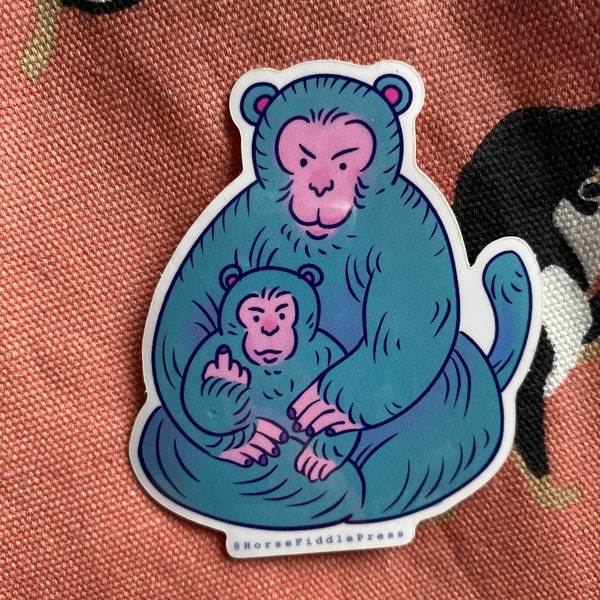Overview
Monkey in the Middle, also known as Keep Away, Piggy in the Middle, or Pickle in the Middle, is a traditional children's game played worldwide. The game involves players passing a ball among themselves while one player, positioned in the middle, attempts to intercept it. This simple yet engaging activity helps develop coordination, agility, and teamwork among participants.
Rules and Gameplay
The basic rules of Monkey in the Middle are straightforward:
- –
Setup: Players form a circle or stand in a line, with one player designated as the "monkey" standing in the center.
- –
Objective: The players on the outside pass the ball to each other, aiming to keep it away from the player in the middle.
- –
Interception: The central player tries to catch or intercept the ball. If successful, the player who last touched the ball before the interception becomes the new "monkey."
- –
Variations: In some versions, if an outside player fails to catch the ball, they replace the player in the middle, regardless of whether the central player touched the ball.
The game continues with players rotating roles, ensuring everyone has a chance to be in the middle.
Regional Variations and Names
Monkey in the Middle is known by various names across different regions:
- –
United States: Commonly referred to as "Keep Away."
- –
Canada: Known as "Pig in the Middle" in Western Canada and "Monkey in the Middle" in Eastern Canada.
- –
United Kingdom, Australia, and New Zealand: Referred to as "Piggy in the Middle."
- –
Germany: Called "Schweinchen in der Mitte" ("Piggy in the Middle") or "Dummer Hans" ("Silly John").
- –
Turkey: Translates to "Rat in the Middle."
- –
Denmark: Known as "Butter blob."
- –
Netherlands: Called "Lummelen" or "Aap in het Midden" ("Monkey in the Middle").
- –
Poland: Referred to as "Silly Johnny."
- –
Egypt: Translates to "The Indecisive Dog."
- –
Iran: Known as "Vasati."
- –
Greece: Called "koroido," meaning "sucker."
- –
Israel: Translates to "Donkey in the Middle."
- –
New York City: Also known as "Salugi."
The origins of these names vary, with some reflecting local cultural references or linguistic nuances. For instance, "Monkey in the Middle" likely derives from the central player's active attempts to intercept the ball, reminiscent of a monkey's movements.
Cultural Significance and Usage
Beyond being a recreational activity, Monkey in the Middle has been utilized in various contexts:
- –
Sports Training: The game serves as a drill in sports like soccer and basketball to enhance players' interception and passing skills.
- –
Metaphorical Usage: The term "monkey in the middle" is often used metaphorically to describe someone caught between two opposing sides or forces.
- –
Educational Tool: The game is employed in educational settings to teach children about teamwork, strategy, and physical coordination.
Variations and Adaptations
Over time, Monkey in the Middle has evolved into various forms:
- –
Team Versions: In larger groups, multiple players can be in the middle, or teams can compete to keep the ball away from the opposing team's "monkey."
- –
Alternative Equipment: While traditionally played with a ball, variations may use different objects, such as bean bags or soft toys, to suit the age and skill level of participants.
- –
Incorporation into Other Games: Elements of Monkey in the Middle are integrated into other games and sports drills to develop specific skills like agility, anticipation, and strategic thinking.
Conclusion
Monkey in the Middle remains a beloved game across cultures due to its simplicity and adaptability. Its enduring popularity underscores its effectiveness in promoting physical activity, social interaction, and skill development among players of all ages.
